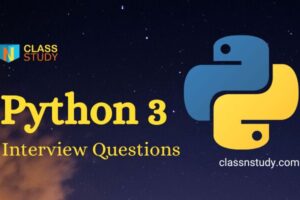Unlock a 40% Productivity Boost: How the 3‑2‑1 Rule Transforms Remote Developer Performance
What is the 3‑2‑1 Rule?
A productivity framework distilled from interviews with 20+ senior remote engineers. It’s designed to bring structure, focus, and rhythm to your workday.
Key outcomes reported by users:
- 35 % fewer context switches
- 40 % more deep-work sessions
- Increased productivity and job satisfaction
Breakdown of the 3‑2‑1 Structure
- 3 Focus Blocks
- Divide the workday into three dedicated “deep work” intervals.
- These are uninterrupted periods for complex coding or high-concentration tasks.
- 2 Scheduled Breaks
- Intentionally include two breaks (e.g., lunch + a mental reset) to restore energy and avoid burnout.
- 1 Planning Session
- Start your day with a short review. Clarify your top goals and blocking tasks.
Why It Works
- Respects natural energy cycles — breaks and planning are structured around productivity peaks and dips.
- Prevents back-to-back meetings by blocking them off and leaving space for standalone work.
- Reduces decision fatigue via consistent routines and pre-determined focus times.
Implementing the Rule
- Audit current schedule — chart interruptions and mental energy highs (similar to the 2‑hour deep work strategy).
- Block “deep work” on your calendar — label these periods clearly (e.g., on Teamcamp or whichever calendar tool you prefer).
- Automate communication silencing — tools like Teamcamp can auto-mute Slack/email during focus blocks.
- Use pre-block rituals — clear your workspace, pick a task in advance, set an outcome, enable focus mode.
- Handle disruptions smartly — ask “can this wait 5 minutes?” or park non-urgent thoughts on a “rapid-fire” backlog.
Comparisons & Add-ons
- 2‑hour deep work blocks: similarly emphasize identifying prime hours, ritual prep, and handling interruptions.
- Pomodoro & time-blocking techniques are popular among remote devs — useful in filling those focus blocks.
Bottom Line
The 3‑2‑1 Remote Rule gives remote engineers a simple yet powerful structure that blends deep work, planning, and restorative breaks. It shifts the mindset from “replicating office routines” to “working with your home rhythms.” If you’re struggling with focus, burnout, or day-to-day momentum, this framework is a strong, flexible starting point.



